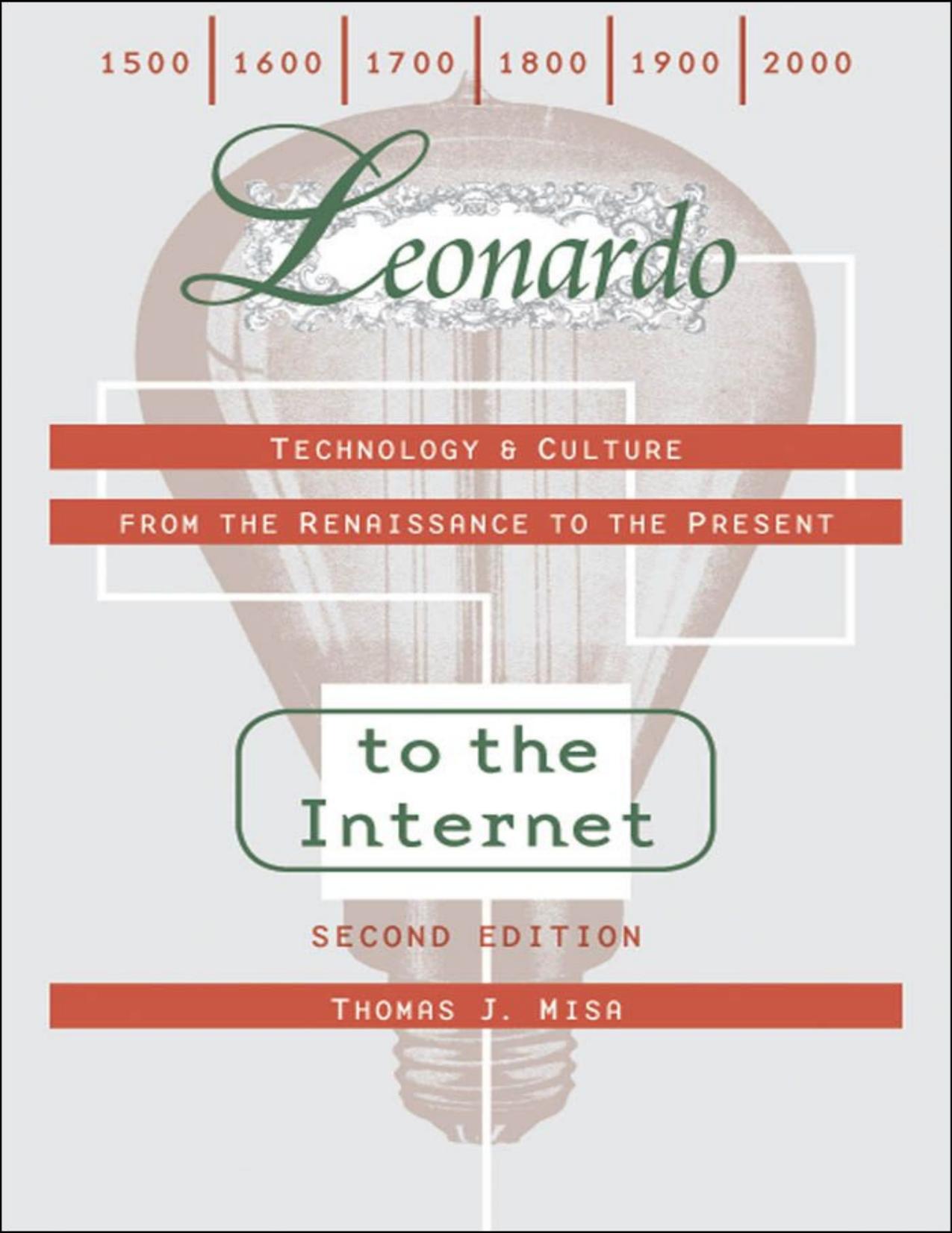Leonardo to the Internet: Technology and Culture from the Renaissance to the Present by Thomas J. Misa

Author:Thomas J. Misa
Language: eng
Format: epub, pdf
Publisher: Johns Hopkins University Press
Published: 2022-03-15T00:00:00+00:00
While mindful of convergence, I believe there is substantial evidence for a contrary hypothesis, letâs say âpersisting diversity.â The fervently pro-globalization Economist magazine knocked down the âconvergenceâ hypothesis by citing strong evidence of persisting cultural diversity in mass media. In most countries during the 1990s, American television programming filled in the gaps, but the top-rated shows were local productions. In South Africa the most-watched show was Generations, a locally produced multiracial soap opera; in France, Julie Lescaut, a French police series; and in Brazil, O Clone, a drama produced by TV Globo. For its part MTV, which once boasted âone world, one image, one channel,â created diverse productions across thirty-five different channels (fifteen in Europe alone) in response to local tastes and languages. Even McDonaldâs, a symbol of globalization, was more complex than it might appear. McDonaldâs is best understood as a case of active appropriation by local cultures of a âglobalâ phenomenon. The internet is another construct that appears to be the same across the world only so long as you donât look closely at European electronic commerce or Chinaâs burgeoning social media.5
âPersisting diversityâ is also consistent with earlier eras. As we saw in chapters 3 and 5, the paths taken by countries during the first and second industrial revolutions varied according to the countriesâ political and institutional structures, social and cultural preferences, and the availability of raw materials. It is worth adding here that Japan successfully industrialized and modernized during the twentieth century, but it did not become âWestern,â as is attested by the many distinctive political, industrial, and financial structures and practices in Japan that to this day baffle visiting Westerners. A case in point is Japanâs singular affection, through today, for the paper-based fax machine.6 This chapter first surveys the origins of the global economy and then turns to case studies of the facsimile machine, McDonaldâs, and the internet.
Download
Leonardo to the Internet: Technology and Culture from the Renaissance to the Present by Thomas J. Misa.pdf
This site does not store any files on its server. We only index and link to content provided by other sites. Please contact the content providers to delete copyright contents if any and email us, we'll remove relevant links or contents immediately.
| American National Standards Institute (ANSI) Publications | Architecture |
| History | Measurements |
| Patents & Inventions | Research |
Whiskies Galore by Ian Buxton(41866)
Introduction to Aircraft Design (Cambridge Aerospace Series) by John P. Fielding(33064)
Small Unmanned Fixed-wing Aircraft Design by Andrew J. Keane Andras Sobester James P. Scanlan & András Sóbester & James P. Scanlan(32743)
Craft Beer for the Homebrewer by Michael Agnew(18140)
Turbulence by E. J. Noyes(7935)
The Complete Stick Figure Physics Tutorials by Allen Sarah(7307)
Kaplan MCAT General Chemistry Review by Kaplan(6866)
The Thirst by Nesbo Jo(6826)
Bad Blood by John Carreyrou(6543)
Modelling of Convective Heat and Mass Transfer in Rotating Flows by Igor V. Shevchuk(6391)
Learning SQL by Alan Beaulieu(6208)
Weapons of Math Destruction by Cathy O'Neil(6139)
Man-made Catastrophes and Risk Information Concealment by Dmitry Chernov & Didier Sornette(5921)
Digital Minimalism by Cal Newport;(5661)
Life 3.0: Being Human in the Age of Artificial Intelligence by Tegmark Max(5474)
iGen by Jean M. Twenge(5366)
Secrets of Antigravity Propulsion: Tesla, UFOs, and Classified Aerospace Technology by Ph.D. Paul A. Laviolette(5309)
Design of Trajectory Optimization Approach for Space Maneuver Vehicle Skip Entry Problems by Runqi Chai & Al Savvaris & Antonios Tsourdos & Senchun Chai(5011)
Electronic Devices & Circuits by Jacob Millman & Christos C. Halkias(4907)
